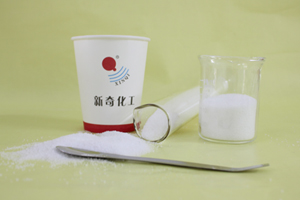Introduction to Polyacrylamide
Polyacrylamide (PAM) Polyacrylamide is a synthetic polymer with a wide range of applications in various industries. 1. Chemical Structure and Properties Chemical Formula: The general formula of polyacrylamide is . It is a linear polymer that is formed by the polymerization of acrylamide monomers (). Solubility: It is water – soluble, which is …



